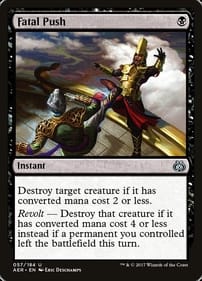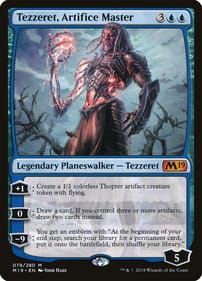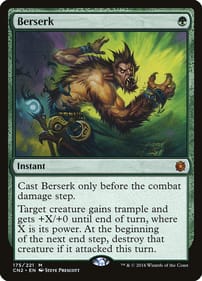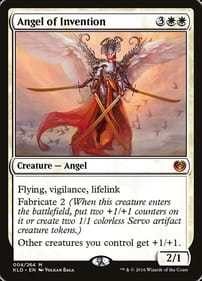Fujian Trader



Game Board: The game board is based upon a digital reproduction of the map. The addition and reduction of colors highlights the areas of play while retaining as many of the actual features from the original map.

Pieces: Constructed in wood, ships, buildings and goods (rice, silk and iron) add a tactile layer to gameplay. Silver and dragon are constructed in plastic.

Cards: Event cards and Fortune cards bring the history and culture of the map into the experience of playing the game.
The game is structured around events. At the end of each round an event card is revealed, triggering an event (like a famine, blockade or war), which affects game play for the following round. The event card deck also includes “Manchu Move” cards. When three of these cards are revealed, the Manchu move through the Great Wall and into China, marking the year 1644, and triggering the last three rounds of the game.
Fortune cards are based on the Yijing (I Ching), a system of divination that would have likely been used by Chinese merchants at the time to make decisions about business, relationships and travel. There are 64 individual Fortunes, which provide unique and varied strategies each time a game is played.

Goal: Players take on the role of merchant Chinese families with the goal of gaining the most amount of influence after the empire is toppled by the Manchu invasion of 1644.
Gameplay: To gain influence, players build up networks of ports outside of China. These ports produce goods (rice, silk, iron) for players. Players take these goods, and send their ships throughout East Asia looking for the best exchange rates to sell them for silver. By creating intrigue and challenging other players' ports, exchanging goods for fortunes, and purchasing influence over provinces, players position themselves to win the game after the fall of the Ming empire.
Events & Rounds: Each round of the game is marked by an event, like a famine, war, blockade or disaster, which changes an aspect of gameplay for one round. Other events trigger the Manchu movement towards Beijing, bringing the game closer to its conclusion. In the last three rounds of the game, the Manchu enter Beijing, provinces fall, and players scramble to grab ports and silver before the entire empire collapses.
Winning: At the end of the game, players convert their ports, routes and silver into influence points. The player with the most amount of influence wins.
A Game Overview of Fujian Trader is available here: PDF File
We've also prepared several instructional videos given by Robert Batchelor.
Note - We refer to combat in the game as intrigue.

 '
' '
' '
' '
' '
'



